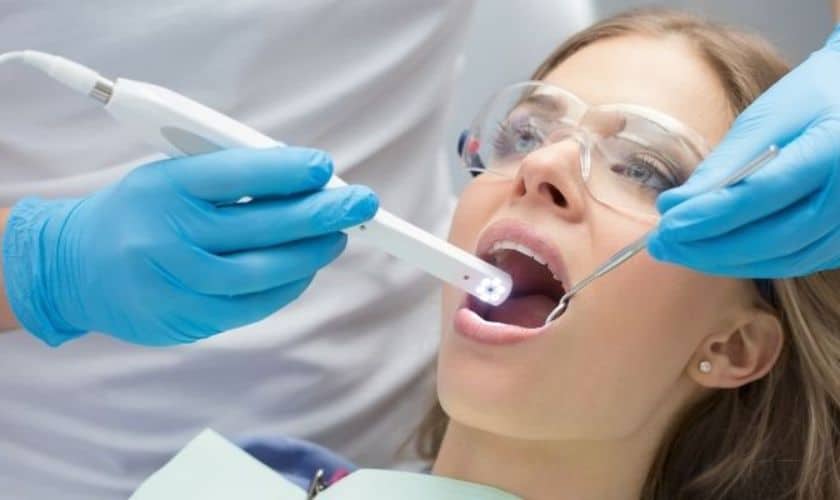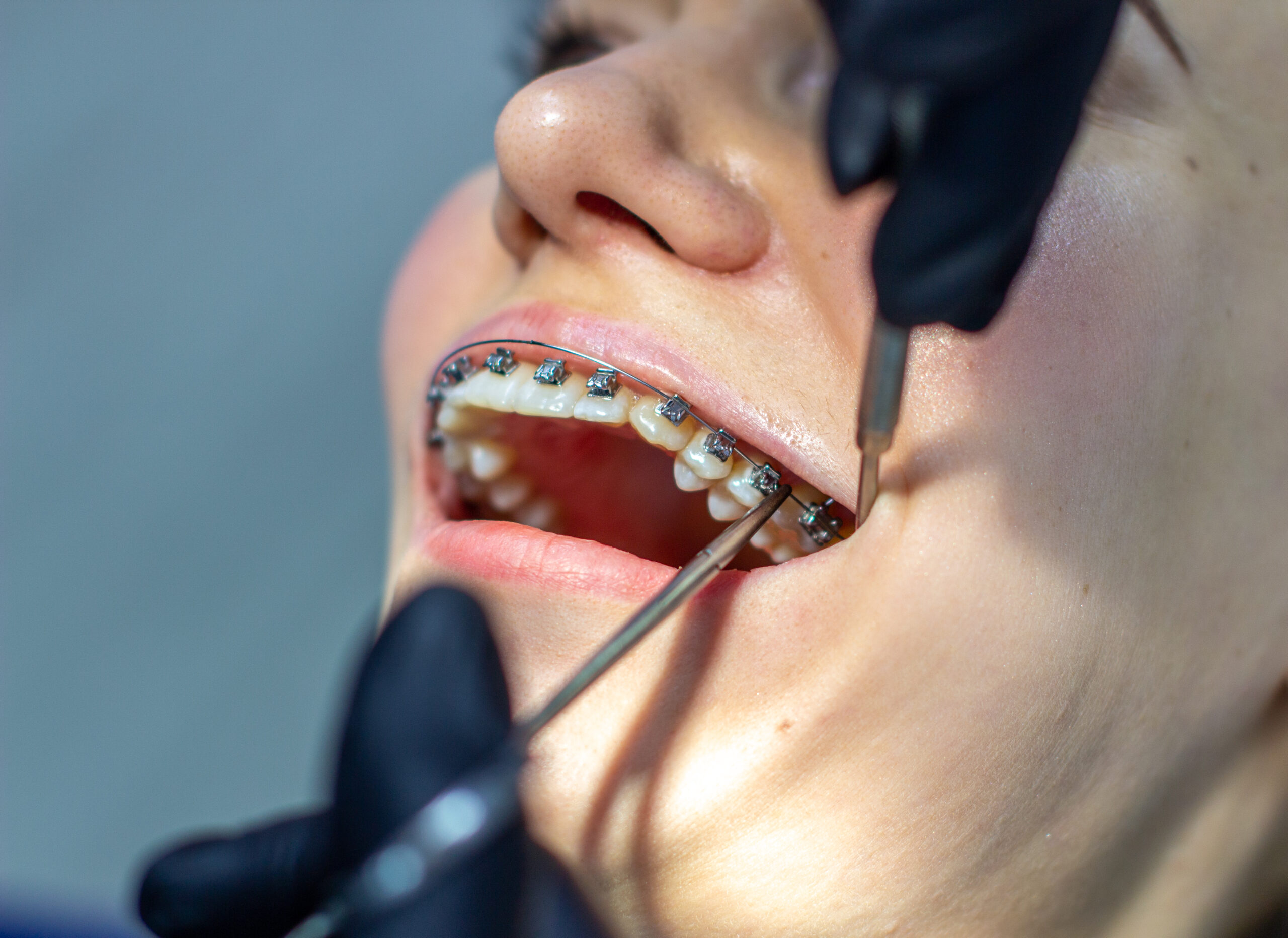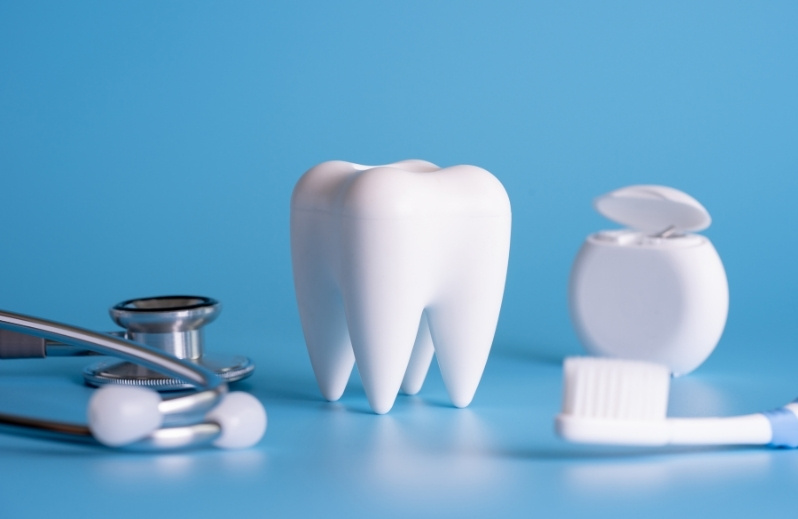Call: (810) 674-3060
Traditional Crowns vs Same Day Crowns: What You Need to Know

Many patients choose between traditional and the Same Day Crowns when it comes to dental crowns. Dental crowns protect weakened teeth, restore cracked or broken teeth, conceal discolored teeth and replace missing teeth. Traditional crowns take two visits over several weeks, while the Same Day Crowns can be completed in a single visit. This article will discuss the differences between the two crown types so you can make an informed decision when discussing treatment options with your dentist.
Tooth decay and other issues affecting our teeth’ health may require dental work, such as a filling or, in some cases, a dental crown. A dental crown is placed over a tooth to restore its shape, size, strength, and appearance. Two types of crowns are available to patients: traditional crowns and Same Day Crowns. Knowing the differences between these two types of dental crowns is essential when deciding your oral health care and treatment options.
Traditional Crowns
Traditional dental crowns require two appointments over several weeks. In some cases, a single appointment can be used if all the necessary preparations are already done or if the affected tooth is being extracted at the same time as the crown placement. In a traditional procedure, the dentist makes an impression of the patient’s teeth which are sent off to a laboratory where technicians will fabricate a custom-made porcelain or resin-fused-to-metal (porcelain-fused-to-metal) crown. The dentist will permanently cement the custom-made crown onto the affected tooth at the second appointment.
Same Day Crowns
Same Day Crowns are a fast and convenient alternative to traditional dental crowns as they can be completed in one visit. Same Day Crowns are fabricated using computerized milling machinery connected to an intraoral camera that takes images of the teeth and sends them directly to a particular machine, which it will craft the Same Day Crown onsite while the patient waits. The same Day Crowns have great accuracy and precision, making them indistinguishable from a traditional laboratory crown when placed over a tooth.
Advantages of Same-Day Crowns
The main advantage of Same Day Crowns is the convenience they offer patients. The same Day Crowns eliminate the need for a second appointment and the wait time involved with traditional crowns. The same Day Crowns can be used in cases of an emergency since there is no waiting period for laboratory fabrication. Same Day Crowns are also often chosen by patients who have busy schedules or require extensive dental work that needs to be done quickly but with precision.
Disadvantages of Same-Day Crowns
The main disadvantage of Same Day Crowns is their cost, which can be significantly higher than traditional crowns due to the technology used. Although the Same Day Crown technology has improved over the years, some dentists still prefer using traditional crown procedures due to their greater control over the finished product.
Conclusion
When it comes to dental crowns, traditional and Same Day Crowns both offer advantages and disadvantages depending on the patient’s individual needs. Your dentist will be able to discuss which type of crown is best for your situation so that you can make an informed decision about your oral health care plan.
FAQS
1. Are the Same Day Crowns as strong as traditional crowns?
Yes, the Same Day Crowns are made from the same material as traditional crowns and provide similar strength and durability when placed over a tooth.
2. What is the cost difference between the Same Day Crowns and conventional crown procedures?
Same Day Crowns are more expensive than traditional crown procedures due to the technology used. The exact cost difference will depend on your dentist’s practice and individual circumstances.
3. How much time does the Same Day Crown procedure take?
The Same Day Crown process can be completed in one visit, with no waiting period for laboratory fabrication of the crown as is necessary with a traditional crown procedure.




